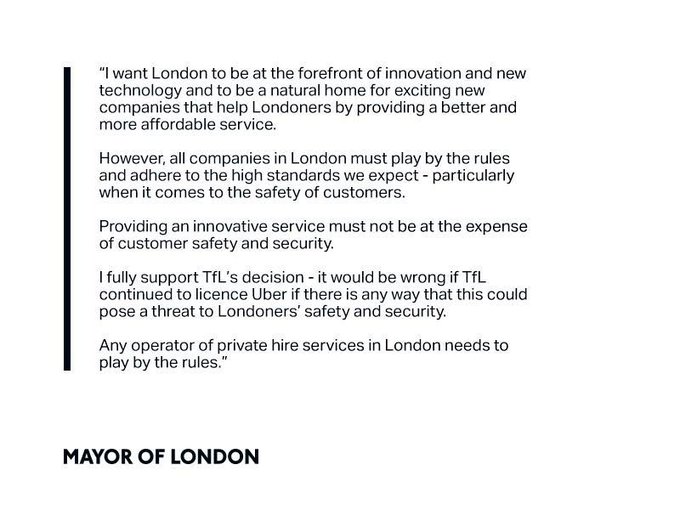As reported by The Verge: A casual comment on Twitter by Tesla CEO Elon Musk about rebuilding Puerto Rico’s power grid using solar technology is being treated seriously by the storm-ravaged island’s top elected officials.
On Twitter, Musk said that his technology, which powers several smaller islands, could be scaled up to work for Puerto Rico. The island’s governor promptly responded: “Let’s talk.”
Tesla recently absorbed one of Musk’s other companies, SolarCity, which manufactures residential solar roofs and energy storage units. The company has been exploring ways to scale up its battery storage projects. A Twitter bet between Musk and an Australian software entrepreneur ultimately led to plans for the world’s largest lithium-ion battery facility in South Australia. The plant, which will cost $50 million, could provide electricity to more than 30,000 homes.
Musk has been known to offhandedly propose huge projects on Twitter, and occasionally he’s been known to follow through. His idea to speed up the tunnel boring process resulted in the creation of a new company and the green light to dig a two-mile tunnel under Los Angeles.
So the question is whether Musk will follow up with Puerto Rican Governor Ricardo Rossello about his offer to rebuild the island’s power grid. And if so, what would a Tesla-backed solar power project on the still-recovering island look like. The company says it has powered small islands, such as Ta'u in American Samoa. There, it installed a solar grid which can power the entire island and store enough electricity for three days without any sun. (The Verge reached out to Musk with some follow-up questions, and we’ll update this story if we hear back.)
The company is also working with residents on Kauai in the Hawaiian islands to find better ways to produce and — most importantly — store solar energy, so that it can reliably power homes on days when the sun may not be shining. In March, Tesla cut the ribbon on a grid-scale battery installation on the island, a key test of the viability of energy storage in making renewable energy a more reliable part of the grid.
On Twitter, Musk said that his technology, which powers several smaller islands, could be scaled up to work for Puerto Rico. The island’s governor promptly responded: “Let’s talk.”
Tesla recently absorbed one of Musk’s other companies, SolarCity, which manufactures residential solar roofs and energy storage units. The company has been exploring ways to scale up its battery storage projects. A Twitter bet between Musk and an Australian software entrepreneur ultimately led to plans for the world’s largest lithium-ion battery facility in South Australia. The plant, which will cost $50 million, could provide electricity to more than 30,000 homes.
So the question is whether Musk will follow up with Puerto Rican Governor Ricardo Rossello about his offer to rebuild the island’s power grid. And if so, what would a Tesla-backed solar power project on the still-recovering island look like. The company says it has powered small islands, such as Ta'u in American Samoa. There, it installed a solar grid which can power the entire island and store enough electricity for three days without any sun. (The Verge reached out to Musk with some follow-up questions, and we’ll update this story if we hear back.)
The company is also working with residents on Kauai in the Hawaiian islands to find better ways to produce and — most importantly — store solar energy, so that it can reliably power homes on days when the sun may not be shining. In March, Tesla cut the ribbon on a grid-scale battery installation on the island, a key test of the viability of energy storage in making renewable energy a more reliable part of the grid.











